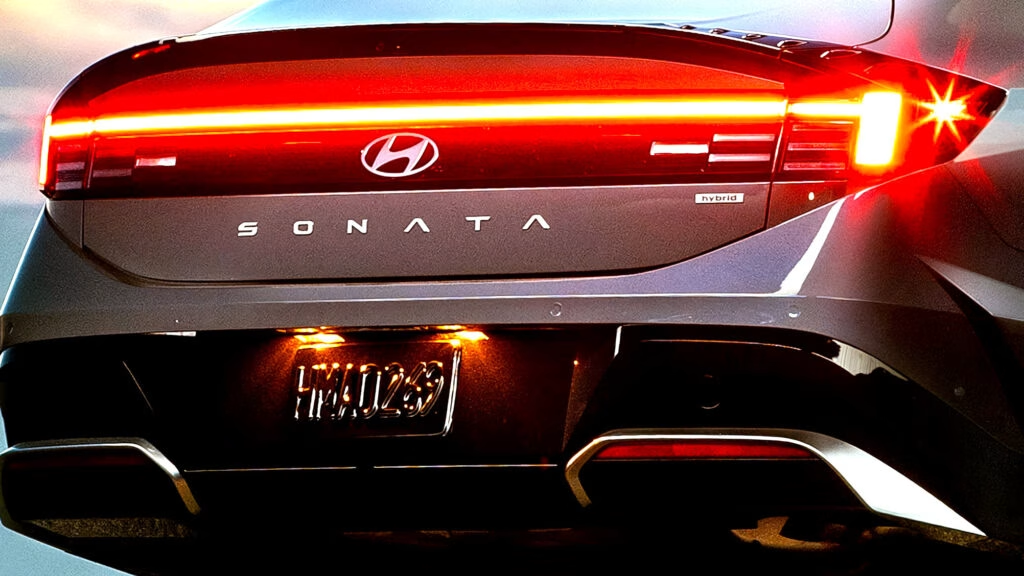Why Are LED Light Bars Suddenly Everywhere on Cars?
Walk through any parking lot or scroll through new car releases, and you’ll spot a trend: those sleek, glowing LED light bars stretching across the front or rear of almost every new model. They’re bold, futuristic, and—let’s be honest—hard to miss. But how did we get here? And why are some designers, including Hyundai’s own Simon Loasby, now saying it’s time to move on?
The answer is simple: car design is a bit like fashion. One brand nails a look, and suddenly, everyone wants in. Hyundai was an early adopter, using razor-thin LED strips to give models like the Grandeur, Kona, and Staria a family resemblance that set them apart from the crowd. For a while, it worked wonders. Hyundai’s cars became instantly recognizable, a feat Korean automakers had long chased. But as with any trend, ubiquity breeds boredom. When every automaker jumps on the same bandwagon, the uniqueness fades, and cars start to blend together again.
What’s Behind Hyundai’s Decision to Ditch the Light Bar?
Simon Loasby, Hyundai’s design chief, put it bluntly in a recent interview: “I’ve seen enough.” He’s not just talking about personal taste. There’s a practical side, too. Those elaborate LED bars aren’t cheap to produce, and not every market demands them. In China, they’re a must-have. In Europe? Not so much. Factor in rising material costs and shifting consumer preferences, and suddenly, the case for sticking with the status quo gets a lot weaker.
But there’s more to it than cost. Loasby and his team are chasing something designers crave: variety. He wants Hyundai’s lineup to feel consistent, but not repetitive. Instead of the old formula—80 percent familiar, 20 percent different—he’s flipping the script. The goal? Make each model 80 percent unique, with just enough shared DNA to tie the family together. It’s a bold move in an industry that often plays it safe.
How Do Trends Like This Catch On—and Why Do They Fade?
Automotive design is a game of leapfrog. One brand introduces a killer feature—split C-pillars, floating touchscreens, pixelated headlights—and before you know it, everyone else is doing their own version. It’s a cycle as old as the industry itself. The result? What started as a statement quickly becomes background noise.
Take Hyundai’s pixel illumination, for example. It was a fresh, playful twist on lighting design. But soon, similar ideas popped up on competitors like Fiat’s Grande Panda. The creative edge dulled. So, Hyundai evolved again, debuting a graduated version of the pixel tech on its Concept Three at the Munich Motor Show. Noticeably absent? The now-ubiquitous front light bar.
What Does This Mean for the Future of Car Design?
If you’re a car enthusiast—or just someone who likes their ride to stand out—this shift is good news. Designers like Loasby are pushing for more differentiation, not less. That means we’ll likely see a wider range of creative ideas, rather than a sea of lookalike faces on the road.
Industry analysts agree that the next wave of automotive design will focus on subtlety and sophistication rather than flashy gimmicks. According to a 2023 report from the Center for Automotive Research, consumer interest in distinctive, brand-specific styling cues is rising, while tolerance for copycat features is dropping. The message is clear: originality matters.
Are There Real-World Examples of This Shift?
Absolutely. The Concept Three, widely believed to preview the upcoming Ioniq 3 hatchback, skips the light bar in favor of a more nuanced lighting signature. It’s a sign Hyundai is ready to lead, not follow. And they’re not alone—other automakers are starting to experiment with new lighting shapes, textures, and even interactive elements that respond to the driver or environment.
It’s not just about looks, either. As electric vehicles become more mainstream, designers have more freedom to play with proportions and features. The old rules are being rewritten, and lighting is just the beginning.
What’s the Takeaway for Drivers and Car Buyers?
If you’re shopping for a new car or just keeping an eye on design trends, expect things to get a lot more interesting in the next few years. The era of the copy-paste light bar is winding down, making room for bolder, more individualistic designs. For Hyundai, and for the industry at large, it’s a chance to break free from sameness and rediscover what makes each brand—and each model—special.
The big takeaway? Car design isn’t about perfection—it’s about smarter adjustments. Start with one change this week, and you’ll likely spot the difference by month’s end.

